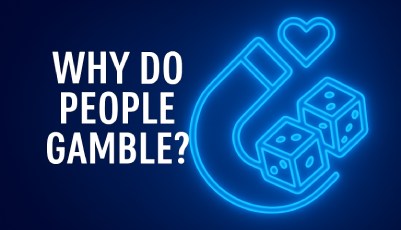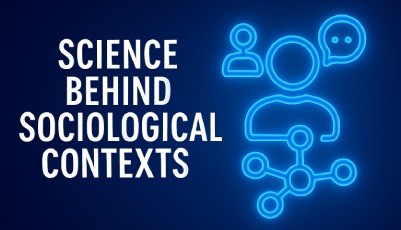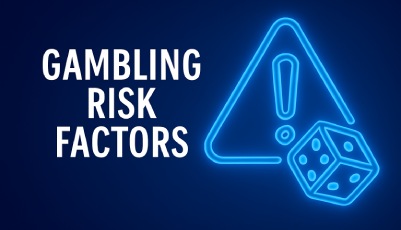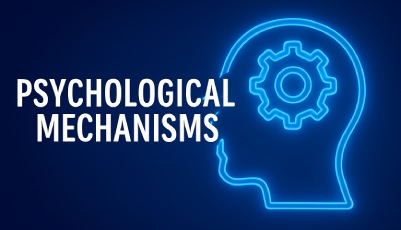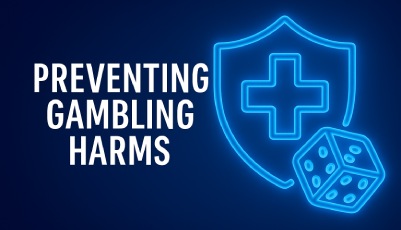Explaining Dopamine
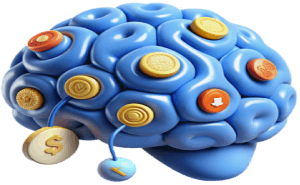
Several studies have linked dopamine to gambling addiction. But what exactly is it? According to Franco et al. (2021), dopamine is a chemical messenger (which is often referred to as a neurotransmitter) that helps the brain communicate with other parts of the body. As a result, it plays a role in different body functions, including movement, mood regulation, hormonal regulation, memory formation, concentration, and lactation (Ayano, 2016; Franco et al., 2021). Most importantly, it plays a role in motivation and reward, which is where gambling addiction comes into play. When you do something that you enjoy, dopamine floods your system, making you feel good, and that is why it is often referred to as the feel-good hormone (Han, 2024). As such, in this guide, we will look at dopamine’s influence in regard to motivation and reward, which are the key elements involved in developing an addiction.
The Influence of Dopamine on Addiction
Through reviewing open-access academic articles published on the effects of dopamine on gambling behavior, we were able to map out the following steps in gambling addiction.
Step 1: The Initial Dopamine Surge
When someone gambles, Anselme and Robinson (2013) state that the person’s mesolimbic dopamine pathway becomes activated out of the sheer anticipation of winning such that their body responds to the possibility, even if they may not win. This dopamine rush makes the gambler enjoy pleasurable feelings. What’s more, the dopamine release increases in relation to the uncertainty. As such, the higher the probability of losing, the more dopamine gets released in the system. That is why gamblers may reach for games of chance with poor odds because such uncertainty results in a higher dopamine release.
“In pathological gamblers (PG), accumbens mesolimbic dopamine (DA) is maximal during a gambling task when the probability of winning and losing money is identical—a 50% chance for a two-outcome event representing maximal uncertainty.” (Anselme & Robinson, 2013).
Step 2: The Repetition
The brain has the ability to change and adapt itself based on a person’s experiences or environment, an ability referred to as neuroplasticity. In the case of gambling, the more that someone gambles, the more their brain changes in relation to dopamine release. As Potenza (2013) explains, the dopamine receptors in the brain become less sensitive to the gambling stimuli such that the person needs more stimulation to feel the same pleasure they experienced the first few times that they gambled. Over time, this results in a state of tolerance where natural rewards such as interacting with other people and eating begin to feel less satisfying. The person soon starts turning to gambling as their main source of pleasure in search for a dopamine release and if continued, this can turn into an automatic habit.
Step 3: The Cues
At this stage, gamblers start experiencing pleasure from environmental cues that remind them of gambling, such as casino sounds or flashing lights. When they come across such cues, they enjoy a dopamine release that pushes them to gamble for an even bigger release, resulting in cravings. Interestingly, Limbrick-Oldfield et al. (2017) found that in this anticipation phase, the connectivity between the nucleus accumbens and the medial prefrontal cortex reduced, thus impairing gamblers’ abilities to make objective decisions.
Step 4: The Compulsion
Van Timmeren and Clark (2024) found that habit gamblers become so used to automatic gambling that they no longer place wagers in search of pleasure or financial gain. Instead, they do it out of compulsion, even when gambling no longer feels fun or has negative effects on their well-being. By this time, they are unable to control the urge to keep playing and have started developing a problem with gambling.
Example of Case Studies
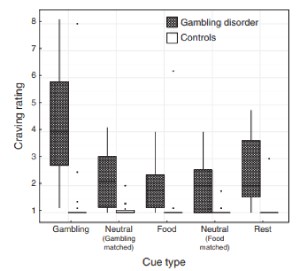
Source: Limbrick-Oldfield et al. (2017).
Boileau et al. (2014) aimed to assess whether people with gambling disorders had a high dopamine release when given amphetamines. They included 13 healthy controls and 13 people with pathological gambling disorders. Through the use of PET scans, they found that the gamblers had higher dopamine release in their ventral striata compared to the controls. Interestingly, the dopamine levels released coincided with their gambling frequencies, pointing to a possible relationship between compulsive gambling and dopamine sensitivity.
In yet another study by Limbrick-Oldfield et al. (2017), the researchers wanted to see how gambling cues affected brain activity in people. They included 19 healthy controls and 19 people with gambling disorders who were put through fMRI scans, which measured their cravings before and after each cue. They found that in people with gambling habits, there was increased dopamine signaling in the face of gambling cues, which resulted in higher cravings compared to the control group.
Takeaway
Several studies have shown that when people gamble, they experience pleasurable feelings. These emotions create a positive feedback loop that prompts people to gamble again to experience the same feelings. If they do this continuously, their behaviors set the pace for habit formation, which dulls the dopamine receptors, pushing them to seek more gambling opportunities and can eventually result in compulsion and addiction. While studies do not paint dopamine as the only factor in gambling addiction, there is a need for more research into prevention and treatment strategies that can address its role in greater detail.
FAQs
Dopamine is a chemical messenger that controls various functions in the body, including movement, hormonal control, and motivation and reward.
Since gambling activates the mesolimbic pathways due to the anticipation of winning as well as the thrill of taking risks, it results in dopamine releases. If continued over time, gambling can become a habit that can soon turn into a compulsion as the gambler seeks a dopamine release.
At this stage, the gambler gambles out of habit even if they may not enjoy gambling anymore or even when it affects them negatively.
References
- Anselme, P., & Robinson, M. J. F. (2013). What motivates gambling behavior? Insight into dopamine’s role. Frontiers in Behavioral Neuroscience, 7, 182. https://doi.org/10.3389/fnbeh.2013.00182
- Ayano, G. (2016). Dopamine: Receptors, Functions, Synthesis, Pathways, Locations and Mental Disorders. Journal of Mental Disorders and Treatment, 2(2), 120. https://www.hilarispublisher.com/open-access/dopamine-receptors-functions-synthesis-pathways-locations-andmental-disorders-review-of-literatures-2471-271X-1000120.pdf
- Boileau, I., Payer, D., Chugani, B., Lobo, D. S., Houle, S., Wilson, A. A., … & Leyton, M. (2014). In vivo evidence for greater amphetamine-induced dopamine release in pathological gambling: a positron emission tomography study with [11C]-(+)-PHNO. Addiction, 109(6), 865–874. https://www.ncbi.nlm.nih.gov/pmc/articles/PMC4037985/
- Franco, R., Reyes-Resina, I., & Navarro, G. (2021). Dopamine in Health and Disease: Much More Than a Neurotransmitter. Biomedicines, 9(2), 109. https://www.mdpi.com/2227-9059/9/2/109
- Han, B. (2024). Diving Deep into Dopamine: The Science, Mysteries, and Wonders of the Brain’s Reward Molecule. Neuroscience and Psychiatry: Open Access, 7(2), 179–180. https://www.openaccessjournals.com/articles/diving-deep-into-dopamine-the-science-mysteries-and-wonders-of-the-brains-reward-molecule-17538.html
- Limbrick-Oldfield, E. H., Mick, I., Cocks, R. E., McGonigle, J., Ridgeway, B., Goldstone, A. P., … & Clark, L. (2017). Neural substrates of cue reactivity and craving in gambling disorder. Translational Psychiatry, 7(1), e992. https://www.nature.com/articles/tp2016256.pdf
- Potenza, M. N. (2013). How central is dopamine to pathological gambling or gambling disorder? Frontiers in Behavioral Neuroscience, 7, Article 206. https://doi.org/10.3389/fnbeh.2013.00206
- Van Timmeren, T., & Clark, L. (2024). Does the habit theory of addictions extend to disordered gambling? Current Opinion in Behavioral Sciences. https://www.researchgate.net/publication/390021610
